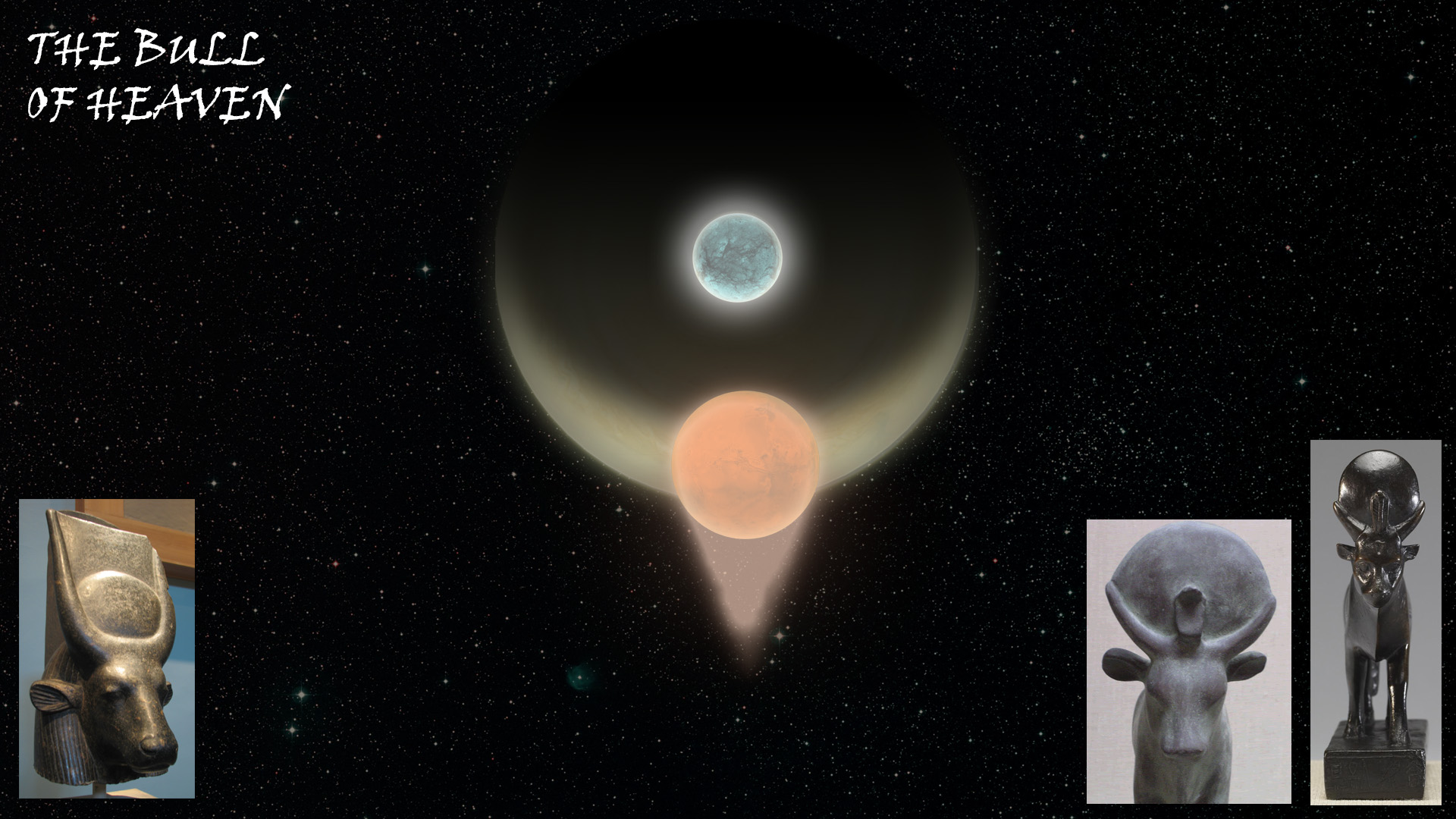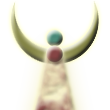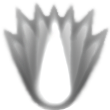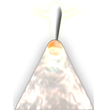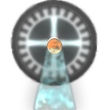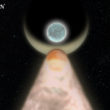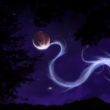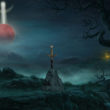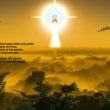
×
The Cosmic Axis Theorem
Work with us
Where Ancient History, Ancient Religion, and Comparative Mythology meet Cosmology creating Imagery, and Traditions we see and use all around us still today.
Paradigms Overview
- Intro
- Home
- Introduction to the Cosmic Axis theorem
- Introduction to Paradigm Shifts
- Introduction to The Electric Universe
- Introduction to Comparative Mythology
- Introduction to Prophecy
- Introduction to Principles and Pilosophy
- Introduction to The History Of Our Solar System
- Introduction to Symbols of an Alien Sky
- Introduction to Revelations
- ***Cosmic Axis Art Gallery***
- Paradigms
- Introduction To Paradigm Shifts
- The Paradigm Shift
- The relevance of this theory
- Catastrophism vs Gradualism
- The Archaeological record
- Correct Knowledge
- Cosmology and Psychology
- Deceptions of modern science
- Deceptions of religion
- Collective amnesia and fear
- Thunderbolts of the Gods
- The Saturn Myth
- God and the Electric Universe
- ***Paradigm Shift Artwork***
- E.U.
- Introduction To The Electric Universe
- A beginner’s understanding of the Electric Universe
- History and Pioneers
- The Plasma Laboratory
- Plasmas and Petroglyphs
- The Big Bang, Galaxies, and Stars
- Planetary Science
- Electric Arching and Cratering
- Electric Comets
- Electric Weather
- Electric Biology
- The Essentials
- Misconceptions
- Myth
- Introduction To Comparative Mythology
- Prehistory
- The Garden and the Golden Age
- Australian mythology
- South Pacific mythology
- Orient mythology
- India and Hindu mythology
- Middle Eastern mythology
- African mythology
- Southern European mythology
- Northern European mythology
- North American mythology
- South American mythology
- Prophecy
- Planets
- The History of the Solar System Introduction
- The Polar Configuration of Planets
- The First Creation and it’s Symbolism
- Hosts of the Golden Age
- Saturn (Kronos)
- Venus (Isis)
- Mars (Horus)
- Mercury, Uranus, and Neptune
- Jupiter (Zeus)
- The Age of the Titans
- The Moon
- Celestial Bodies A.D.
- The Future of our Solar System
- Patterns
- Symbols
- Symbols Introduction
- Symbols, Imagery, Archetypes, and Motifs
- The Spiral and the Coil
- The Crescent and the Pillar
- The Star and the Crown
- The Sword and the Mountain
- The Second Creation
- The King and the God Star
- The Queen and the Angry Goddess
- The Hero Warrior
- The Monsters and Devastation
- The lost language of symbolism
- Sacred Geometry
- Meaning


